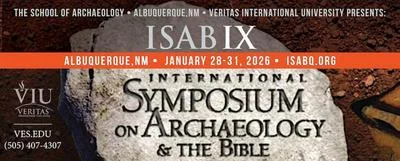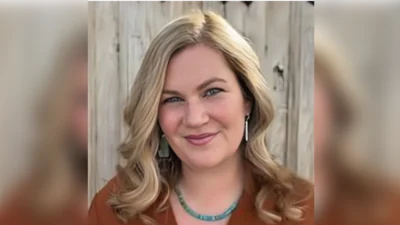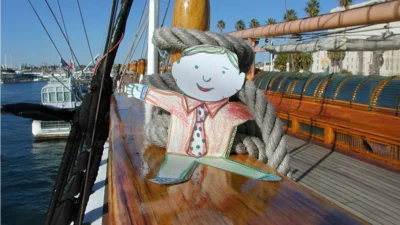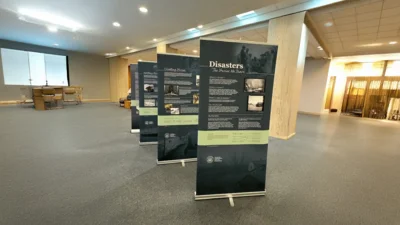New Mexico State University graduate student Esperanza Chairez Uriarte recently collaborated with community members in Las Cruces to create a zine titled “A New Zine Atlas of Las Cruces.” The zine, which explores the history and future of the area, was the result of a three-year curriculum funded by the National Endowment for the Humanities.
Chairez, who is pursuing a master’s degree in geography and environmental studies, emphasized the importance of community collaboration in the project. She explained, “The zine came together as a multi-vocal and creative exploration of the history and future of this place.” The zine focused on the St. Genevieve church, adobe, and cochineal, using various forms of creative expression such as photos, writing, drawings, poems, and maps.
Professor Eric Magrane, one of the project leaders, highlighted the significance of interdisciplinary work and humanities approaches in understanding and appreciating the environment. He stated, “We think that the humanities offer a lot of important ways for both understanding and making sense of where we are now and thinking creatively about ways forward.”
The project also included a public zine celebration and panel discussion featuring prominent community members like chef Mateo Herrera, Martha Rodriguez, and Diego Medina. Additionally, a public speaker series supported by the grant featured individuals such as members of the Pueblo of Zuni and scholar Harriet Hawkins.
Student projects, including the zine and story maps like “Remembering the Rio” and “Las Cruces Community Gardens,” have not only influenced the community but have also caught the attention of policymakers. Magrane shared, “This class project from 2022 is actually still reaching people, potentially influential people who are involved in policymaking and in our community in many ways.”
Looking ahead, project leaders Banazek and Magrane hope that student projects will continue to impact the community and inspire future students to engage in critical approaches to place. The emphasis on community collaboration and creative exploration serves as a model for engaging with and understanding the cultural and historical significance of Las Cruces.
-30-
CUTLINE: New Mexico State University graduate student Esperanza Chairez Uriarte was part of the “Critical Approaches to Place: Teaching Narrative Mapping in Southern New Mexico” project, which focused on interdisciplinary work and community engagement. (NMSU photo by Chloe Dunlap)









